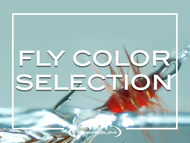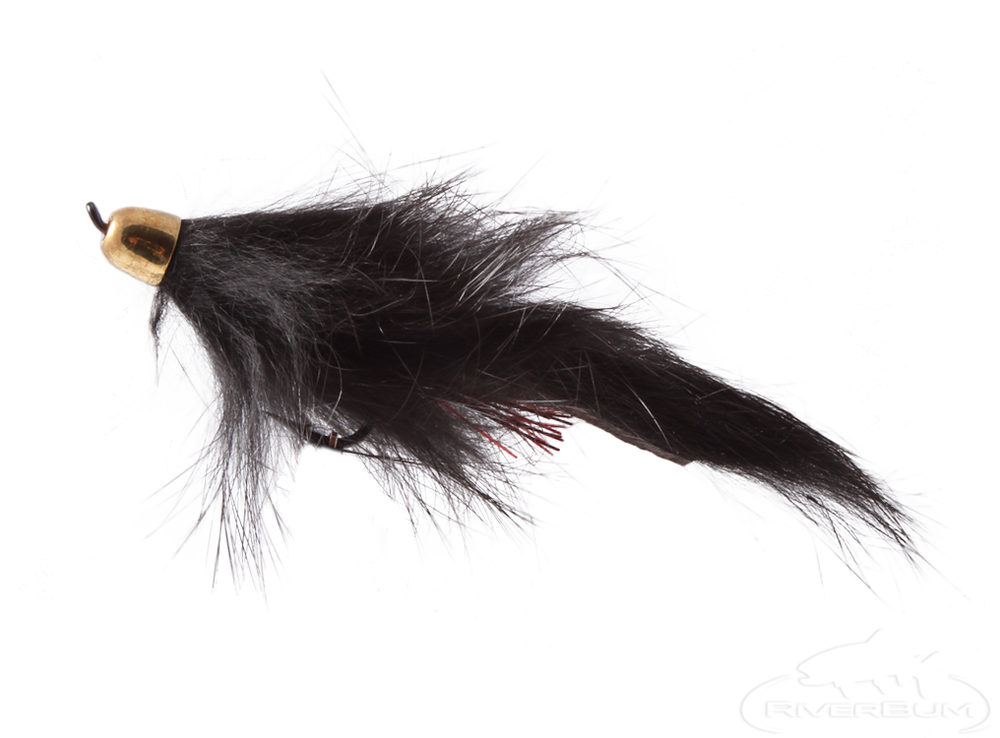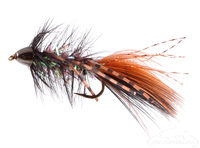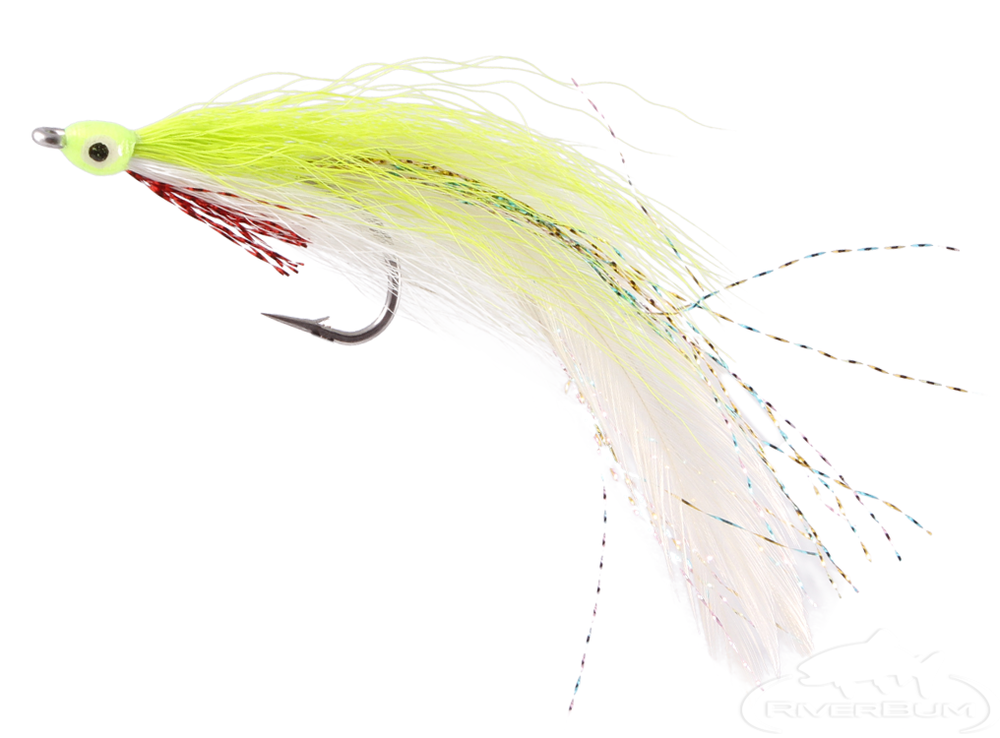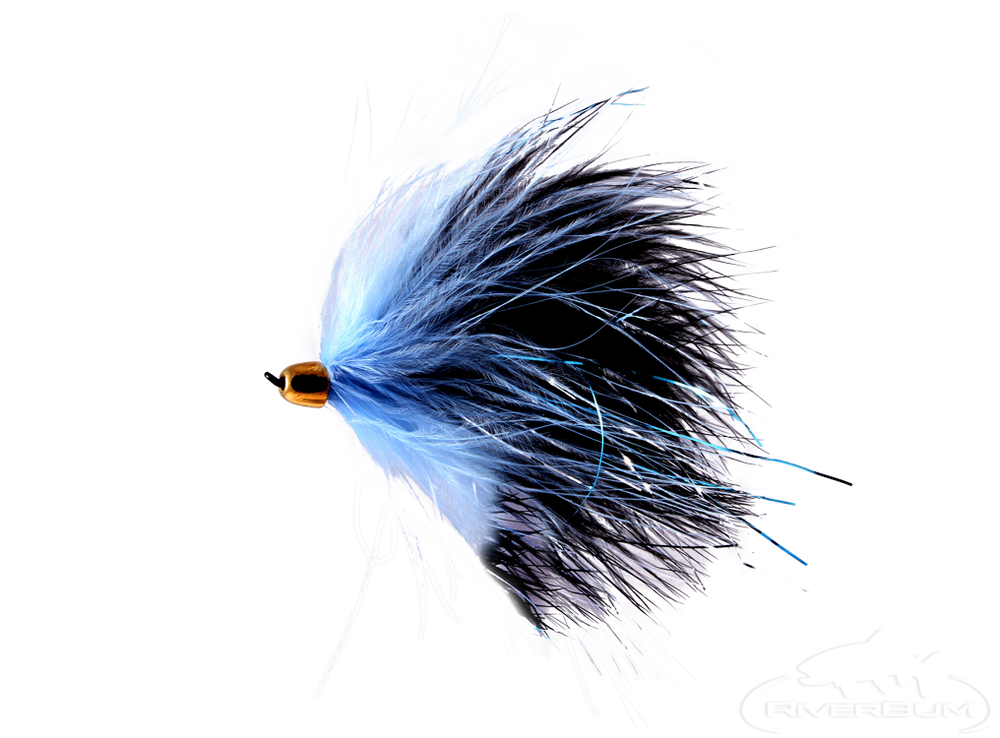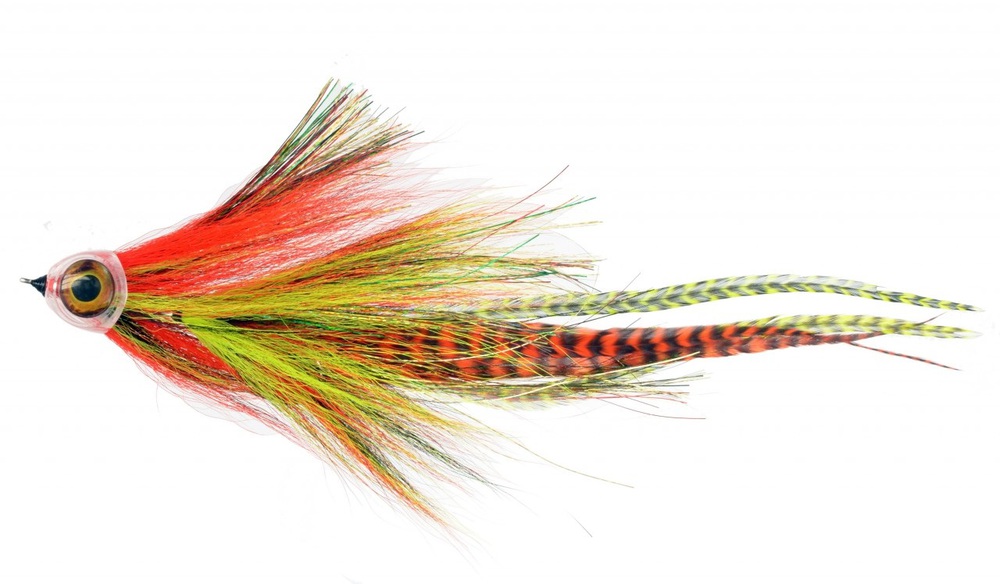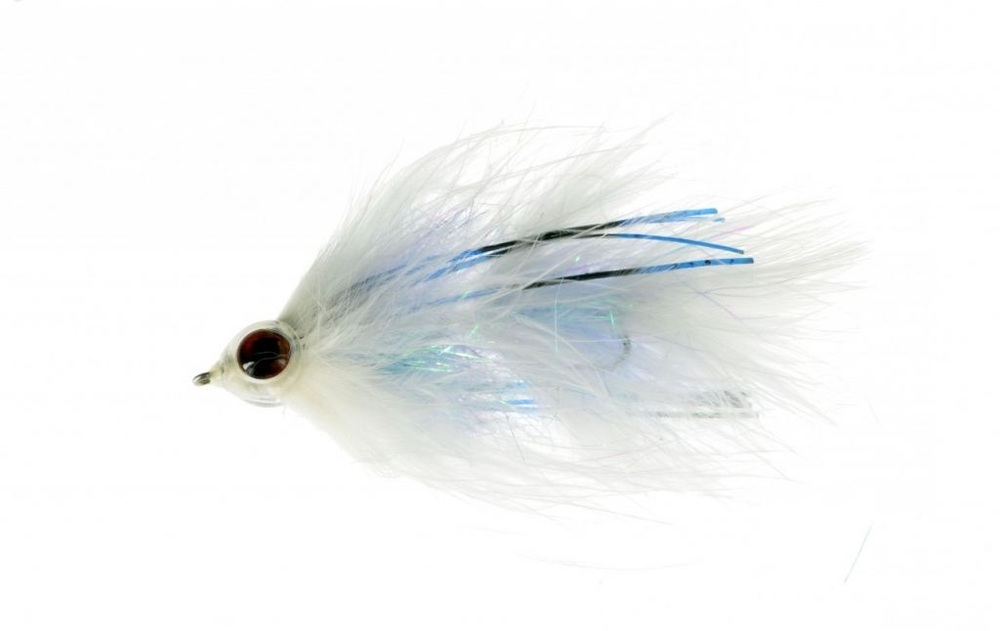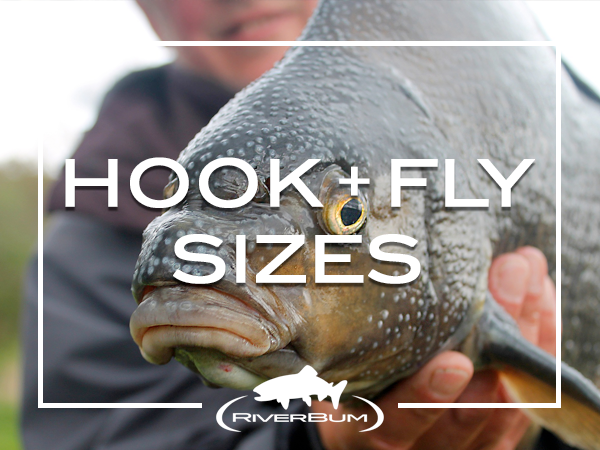Fly Color Selection
Many fly fisherman swear by certain color selection, especially streamer fisherman. Whether you’re fishing for trout, musky, steelhead, or bonefish, it seems everyone has their color of choice.
For me, being the engineering nerd that I am, I don't have a favorite color or two, I select colors because of the science behind it.
The Science Behind Fly Color
Besides the obvious matching the hatch, baitfish, or forage, water conditions should also determine color choice. Let me explain.
Water progressively absorbs light of different wavelengths the deeper in the water you go. This means that colors effectively “vanish” as sunlight travels through the water column. Different colors disappear quicker than others.
What does this mean to a fly fisherman? Even in exceptionally clear water, if your fly is 50 feet down, the aquatic world is comprised of shades of gray, black and a bit of blue. Not red, orange, yellow or green. No wonder black has been a go to color for years when fishing deep...that's what color fish expect to see.
The chart below is the science I was referring to. Each color disappears at a different water depth. Red is the first color to fade, black is the last.
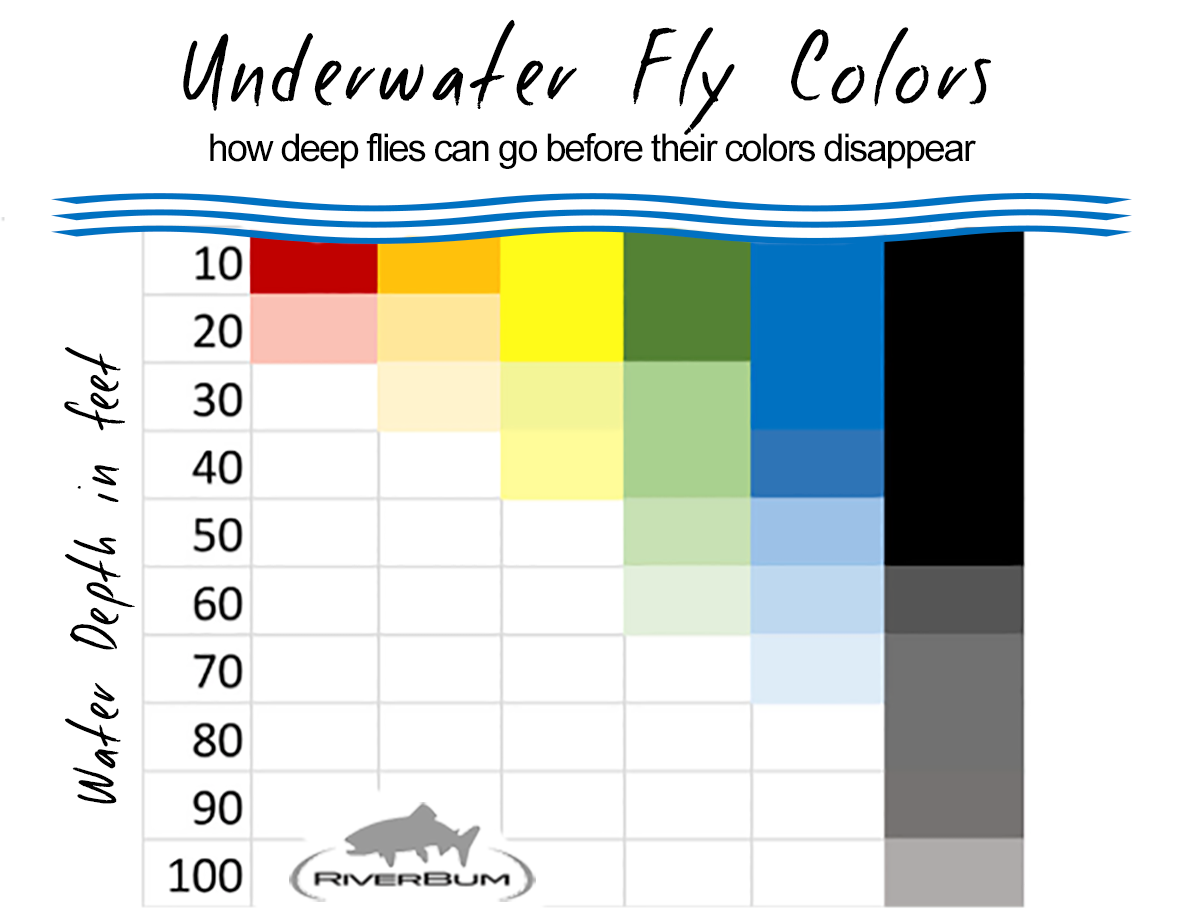
Not Just Color, Sunlight Intensity Matters
So you have blue bird skies, the sun is out, and it’s a perfect day to be on the water. Color shouldn't matter too much in these conditions, right? Wrong.
The precise rate of color loss varies depending on the intensity of the sunlight, whether the sun is directly overhead or low on the horizon, the amount of cloud cover, as well as the clarity and color of the water itself.
On a bright sunny day with clear water: white, gold, silver, and yellows should be your color selection of choice.
On cloudy or rainy days: shift your color selection towards fluorescent and bright colored offerings.
This is due to the fact that on cloudy days, more UV light hits the water’s surface than on sunny days. Water clarity, or turbidity can also have an effect. Turbidity is a measure of the degree to which the water loses its transparency due to the presence of suspended particulates. The more total suspended solids in the water, the murkier it seems and the higher the turbidity.
As we now know from the chart above, red is first to disappear, and is typically gone within 15 or 20 feet of the surface. In high turbidity conditions, red can disappear in as little as a couple of feet.
So..
In murky water caused by runoff and rains: black is the preferred color selection.
In waters laden with algae and other organic: flies with contrast work the best, having a two tone effect.
A point of note, some fish, like Musky - a species that will chase prey over long distances - is at first attracted to the disturbance in the water. This is what gets the musky fish to go investigate. The color of the fly is much less important in this case. When the fish get closer, this is a much different story. Clear water, bright day (as mentioned above) you should have something on white or silver. Stained or muddy water, or overcast skies….think firetiger or chartreuse.
Want the short version?
- In less than 10 feet of clear water, color does matter as fish can detect the full range of the color spectrum.
- As you go down deeper in the water column and/or the clarity diminishes so does the perception of finite color. The difference between say brown and black is less important.
- Your white bugger at 30 feet in stained water is all but invisible.
Related Blog Articles:

